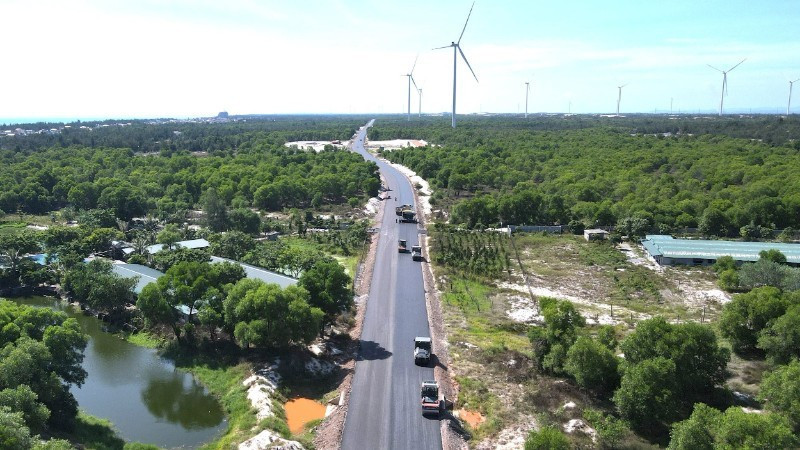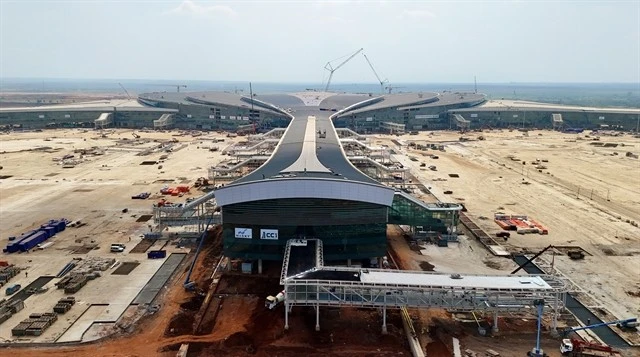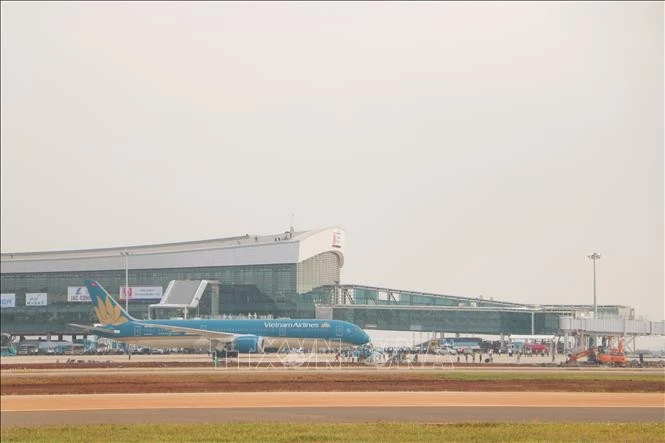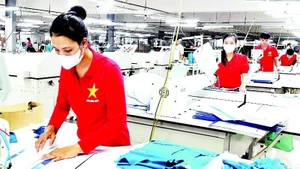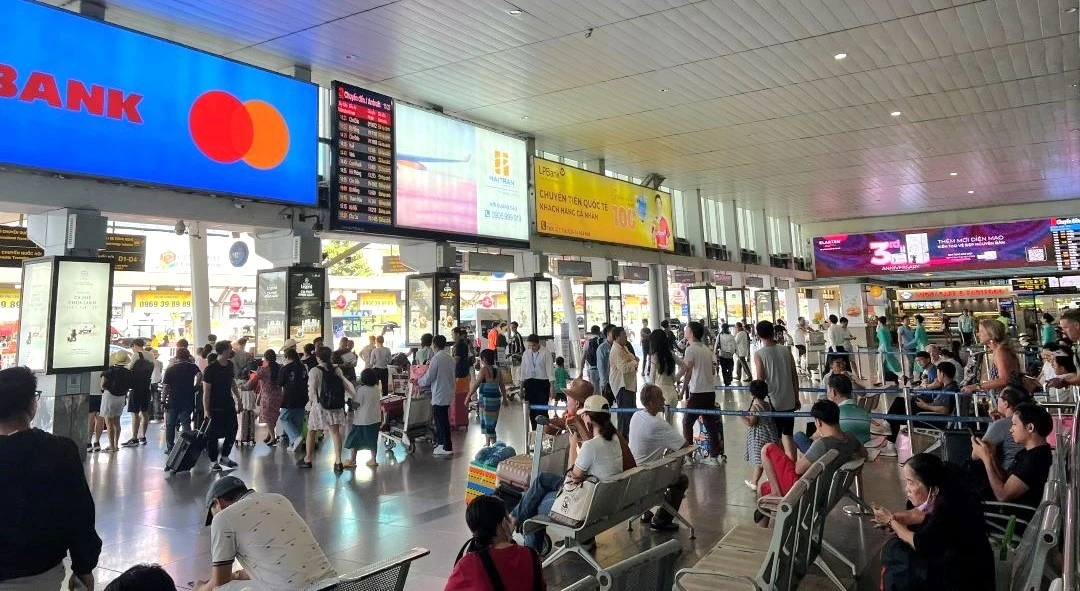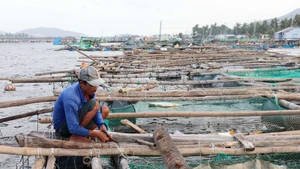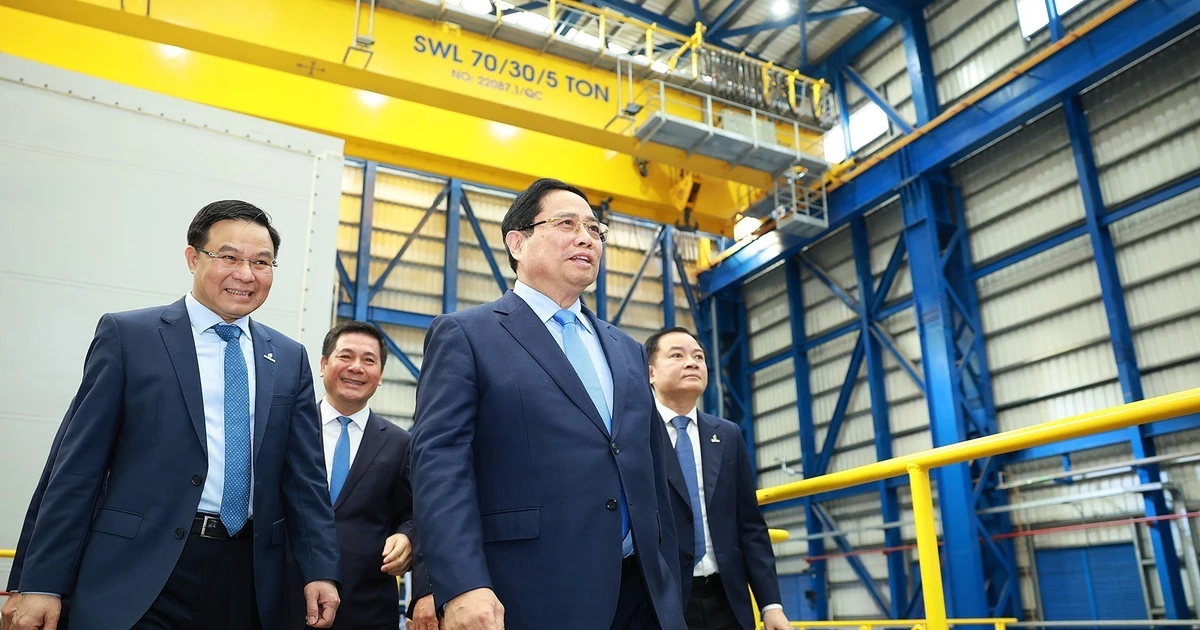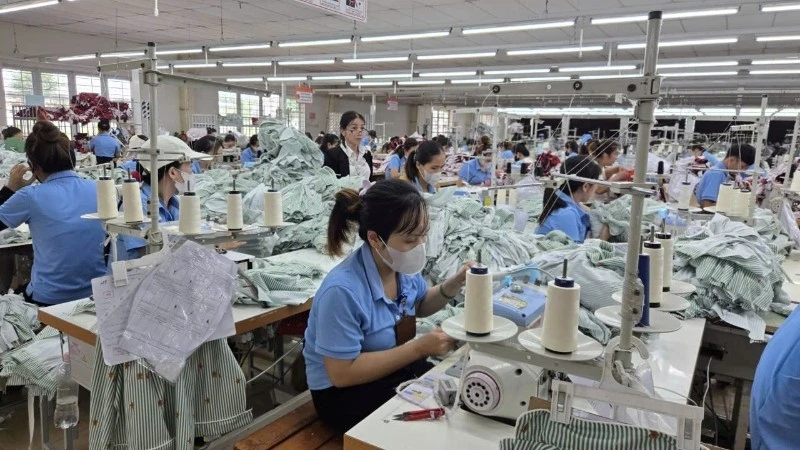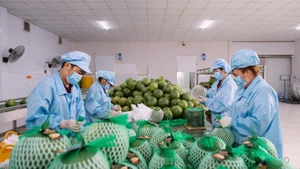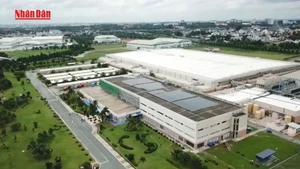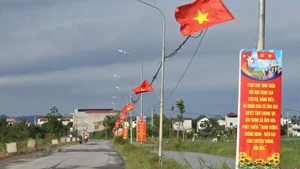For this reason, Quang Tri Province is prioritising the construction of a coastal road to remove these bottlenecks and open up development opportunities in this promising sandy region.
In northern Quang Tri Province, the coastal sandy belt, formerly part of Quang Binh Province, stretched 116 kilometres from the foot of Ngang Pass to Ngu Thuy, covering nearly 36,000 hectares and accounting for 4% of the province’s total natural area at that time.
Although rich in potential, the area suffered from a lack of transport infrastructure, particularly longitudinal routes, which hindered trade and connectivity between the sandy areas and other parts of the province.
About 10 years ago, the former Quang Binh Province invested in several lateral roads linking National Highway 1 to villages in the sandy areas, serving local communities and gradually narrowing the gap between regions.
According to Hoang Dang Cuong, Deputy Director of the Quang Tri Department of Construction, component 1 of the coastal road and Nhat Le 3 Bridge project in the former Quang Binh is 80 kilometres long, consisting of three sections, with a total investment of 2.487 trillion VND (94.4 million USD), implemented from 2021 to 2026.
In southern Quang Tri, the province has invested in a coastal road connecting with the East-West Economic Corridor, with the aim of boosting socio-economic connectivity within the province and across the central region. This project is expected to become a vital transport artery contributing to economic growth. With a total investment of nearly 2.732 trillion (103.7 million USD), the 48-kilometre route passes through many coastal areas such as Cua Tung, Vinh Hoang, Cua Viet and Nam Dong Ha.
Quang Tri Vice Chairman Phan Phong Phu said that when the new Quang Tri Province is established, the provincial leaders pay special attention to two inter-provincial connection projects that would form a central axis through the sandy areas. These would ensure seamless connectivity across the province’s regions while strengthening security, defence and disaster prevention.
More than just a transport project, once completed, the coastal road will act as a driver of marine economy and tourism development, linking the central coastal region with the East-West Economic Corridor.
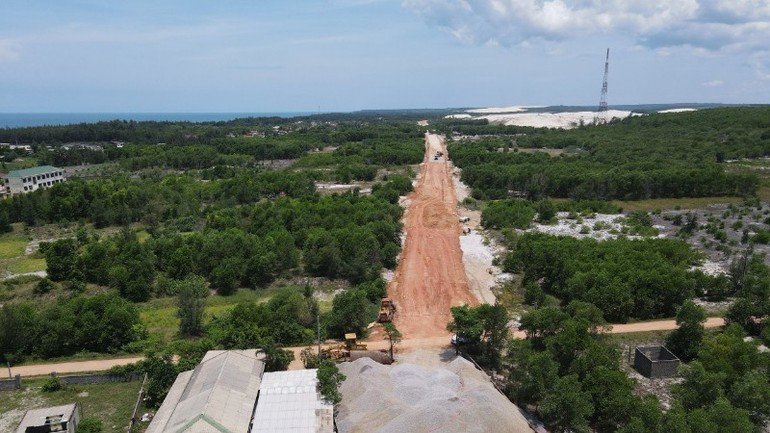
In practice, the Quang Tri coastal road project has faced many obstacles in land clearance, causing delays. According to the provincial Department of Construction, contractors are currently carrying out simultaneous construction across all packages of component 1 of the coastal road in the former Quang Binh Province on the 74 of the 80 kilometres of land already handed over. Bridge, culvert and drainage works have also been largely cleared for construction.
Similarly, component 2 of the coastal road and Nhat Le 3 Bridge project is also facing land clearance problems, with 5 hectares in Dong Hoi Ward still unresolved, preventing construction of the bridge approach. As for Nhat Le 3 Bridge itself, the investor reported that the contractor has completed all substructure works and is now installing the superstructure, with the entire bridge scheduled for completion in September 2025.
The coastal road project in the former Quang Tri Province is also behind schedule due to land clearance difficulties. According to Nguyen Thanh Binh, Director of the Quang Tri Construction Project Management Unit, only 31.6 of 48 kilometres of land have so far been cleared. An additional 10.76 kilometres are expected to be handed over in the third quarter of 2025, while the remaining sections, mainly 5.45 kilometres of residential land, are scheduled for completion in 2026.
Binh noted that since July 1, district-level land clearance councils have been dissolved, disrupting progress as no dedicated unit is now handling the work. Many resettlement areas have yet to be implemented, or remain at the preparatory stage, resulting in a prolonged stalemate, with projects waiting for residents and residents waiting for projects.
Faced with this, in late June 2025 the People’s Council of the former Quang Binh Province decided to adjust the investment policy, increasing the total investment for component 1 by 290 billion VND (11 million USD) to support land clearance. At present, the Quang Tri Department of Construction has assigned technical staff to closely follow problem areas to help resolve bottlenecks.
Quang Tri Vice Chairman Phan Phong Phu said that provincial leaders have instructed localities to step up their efforts to hand over the remaining land to the investor in September 2025. This is considered the decisive factor to ensure the project stays on schedule, avoiding delays and preventing waste of resources.
